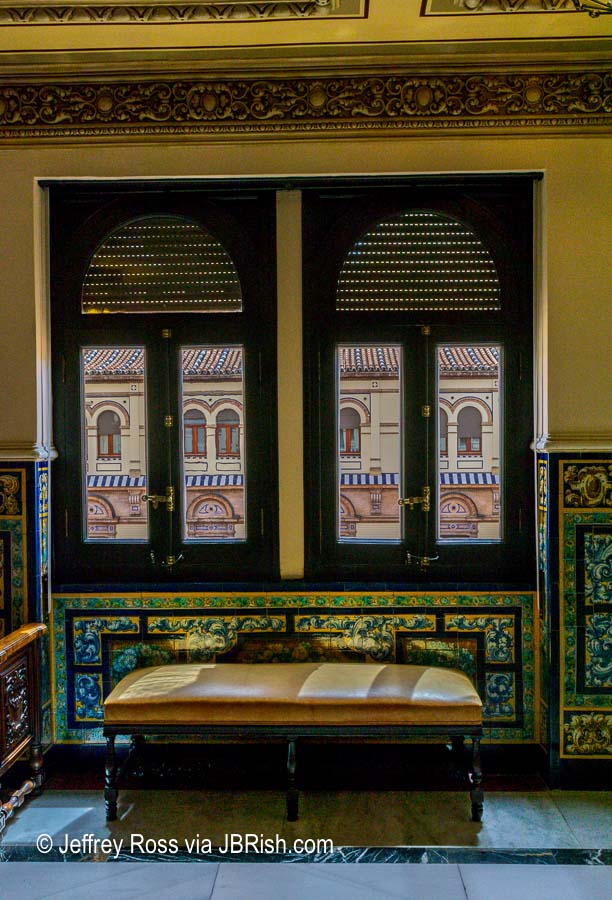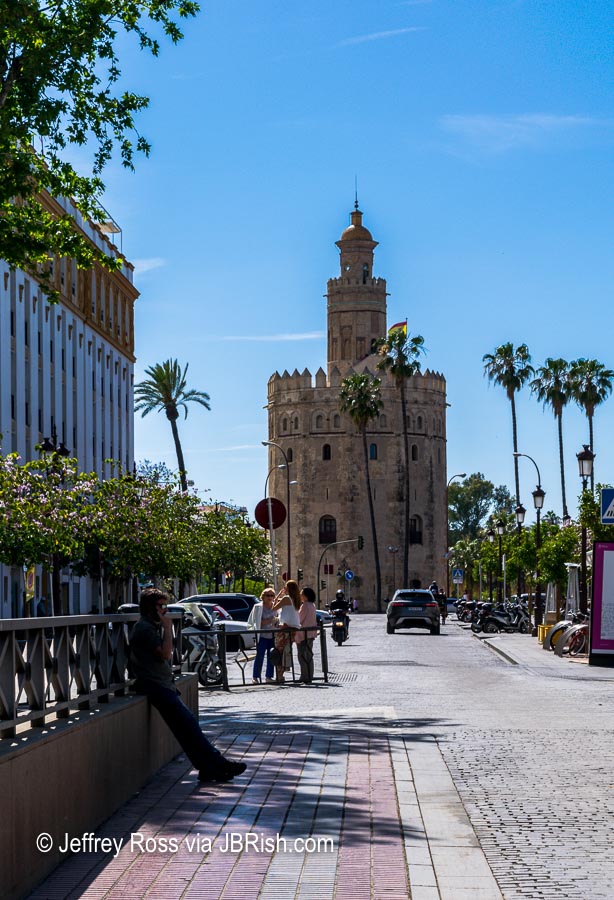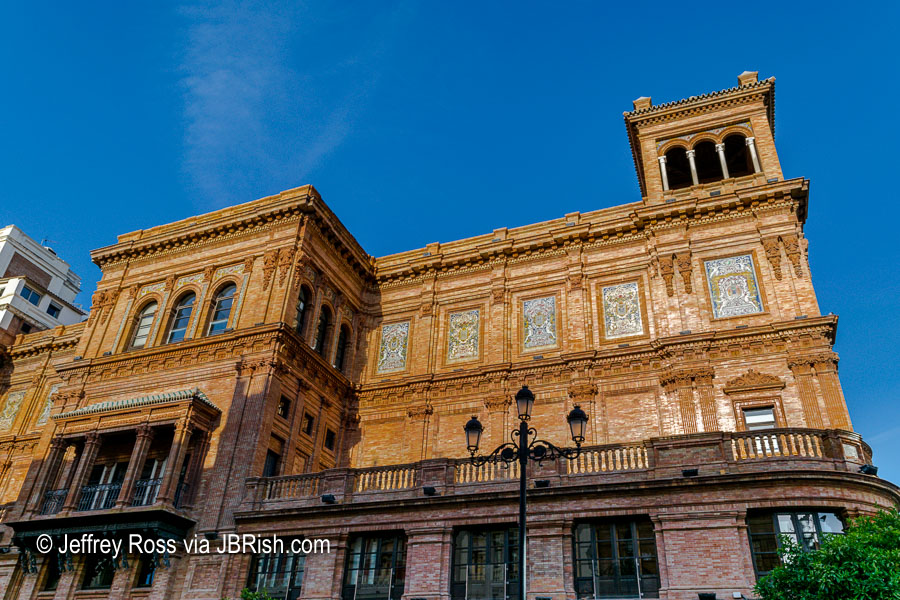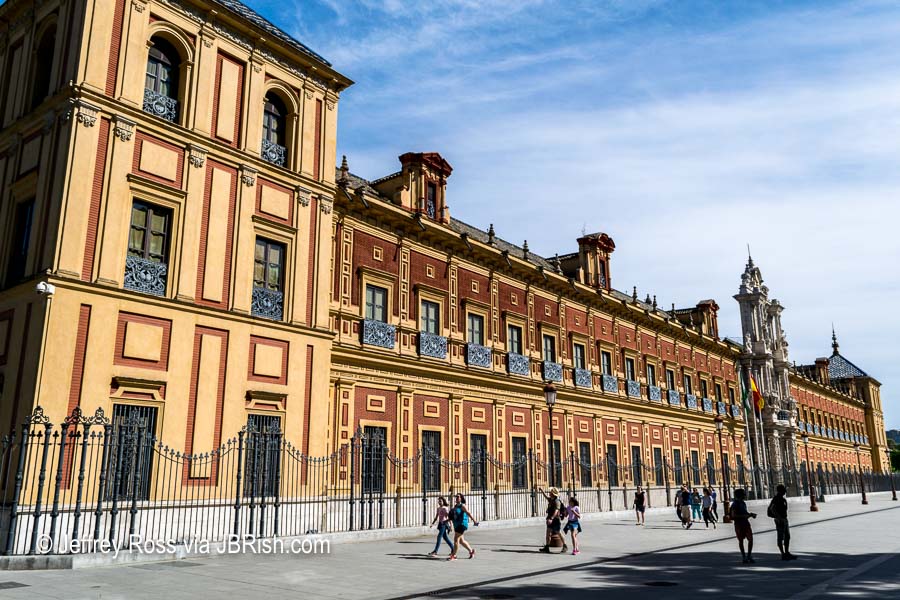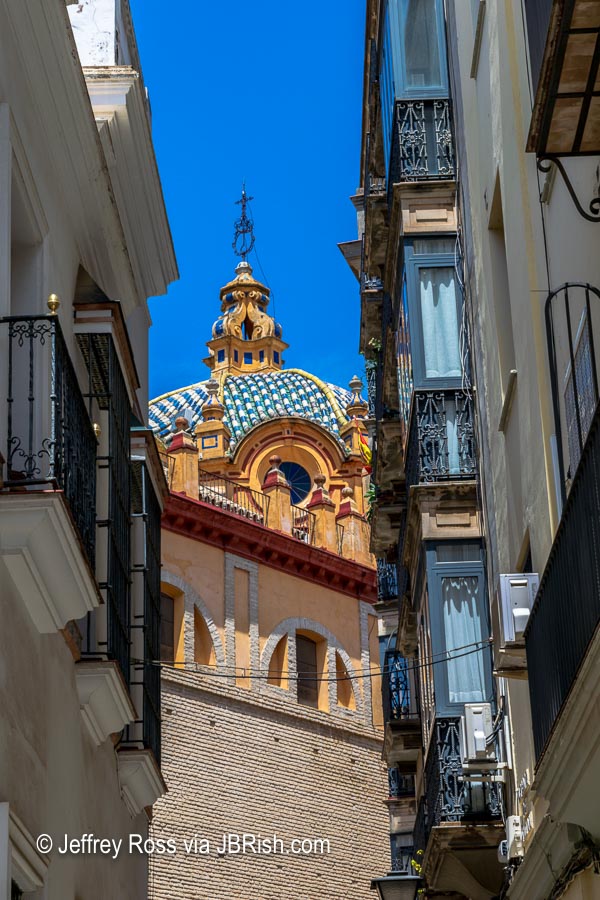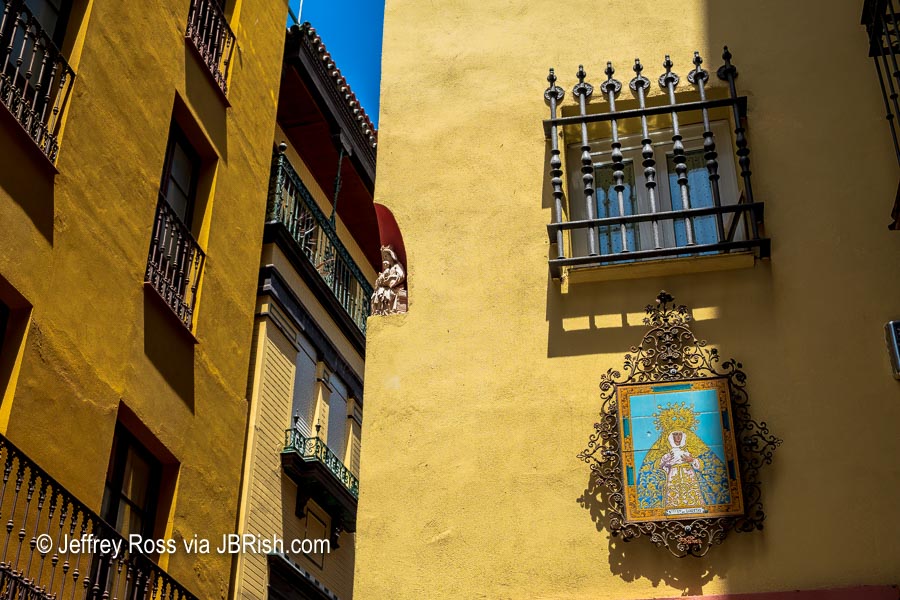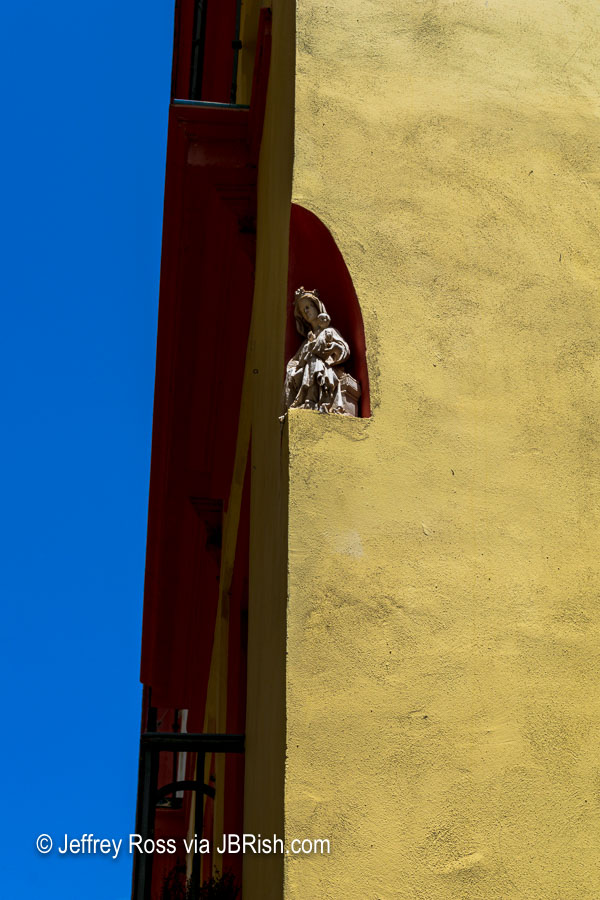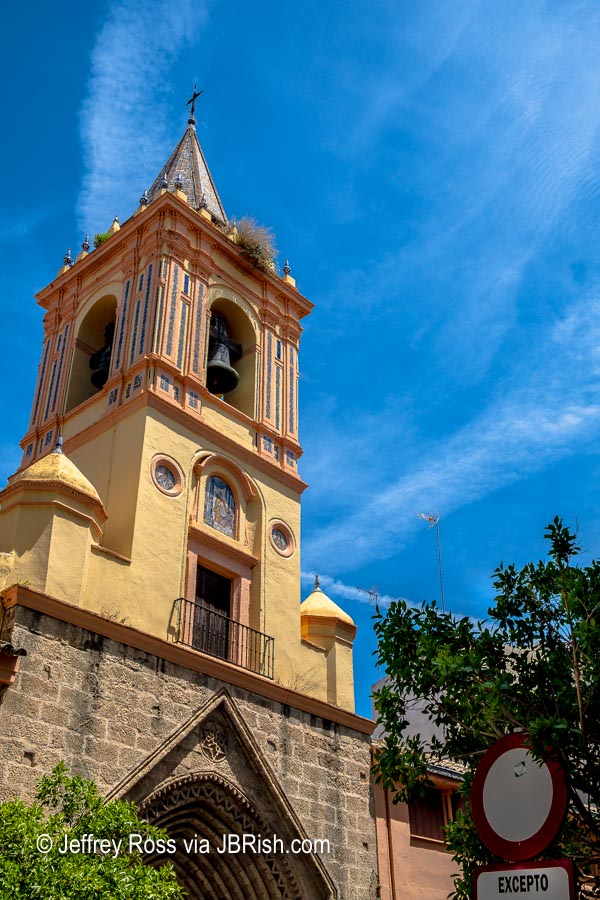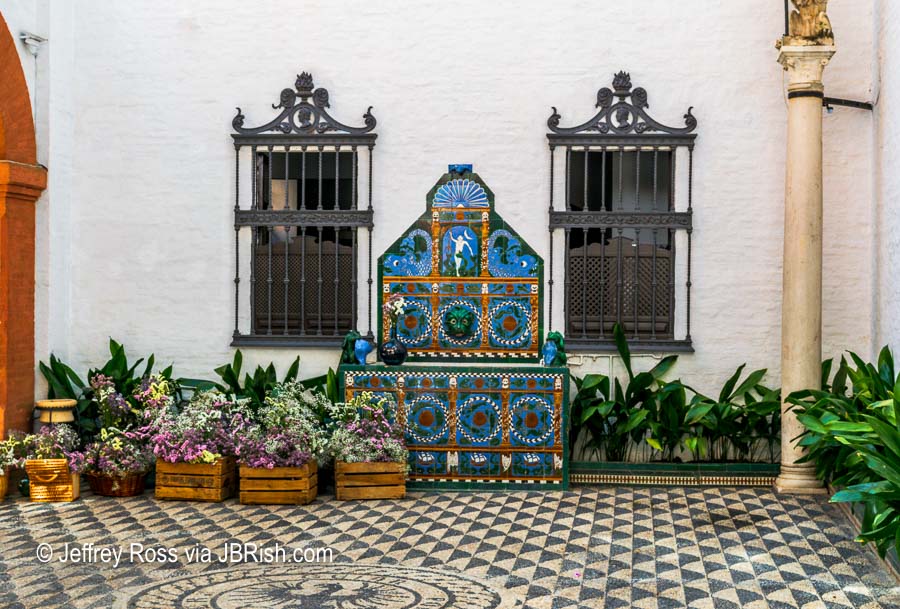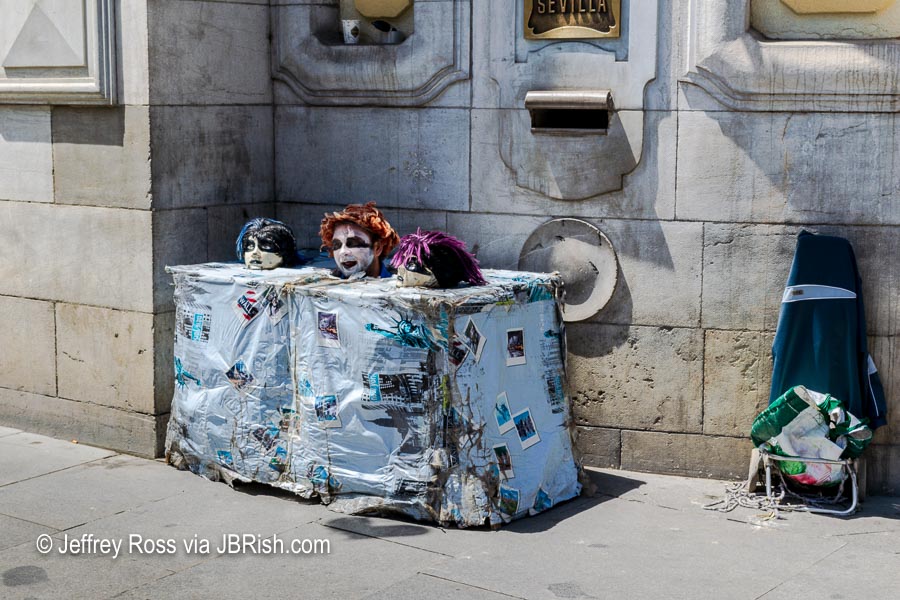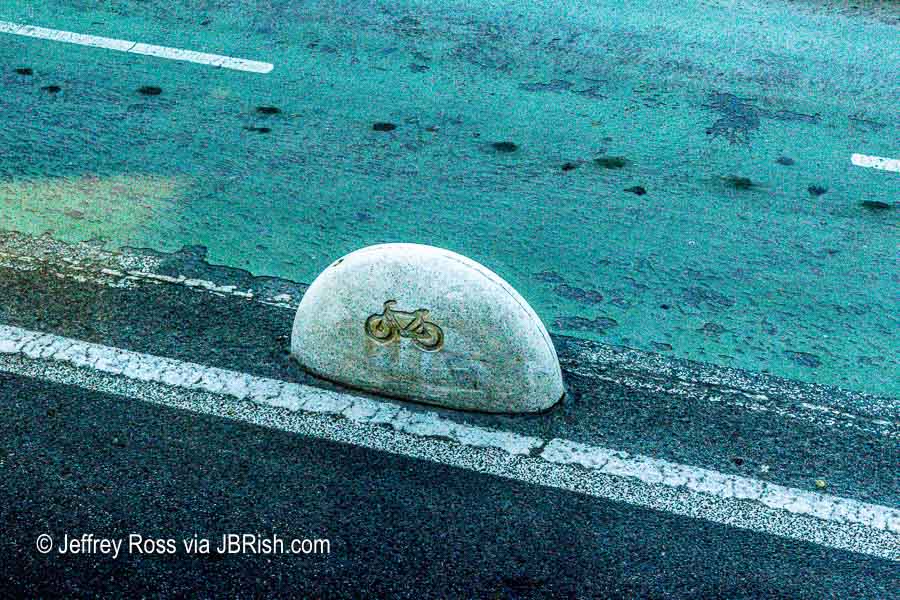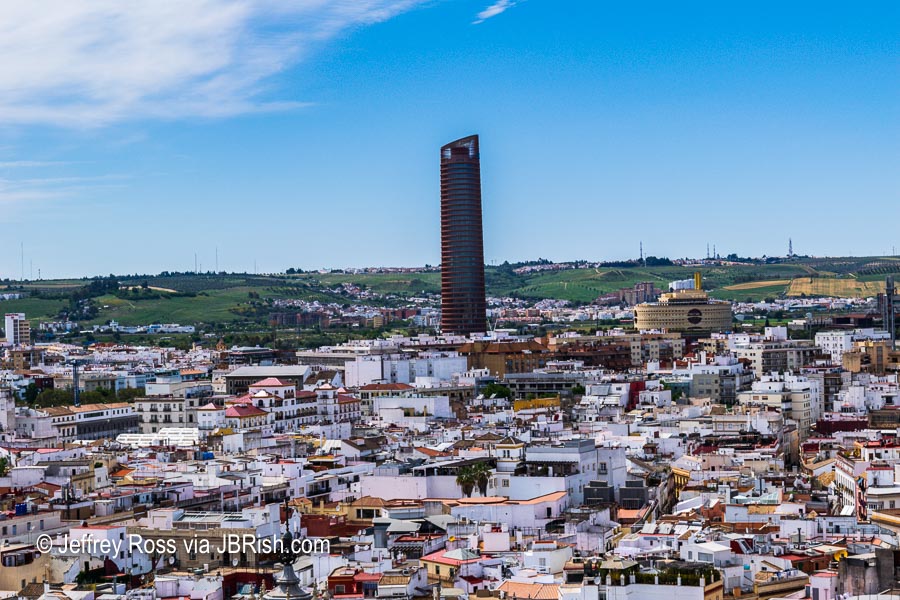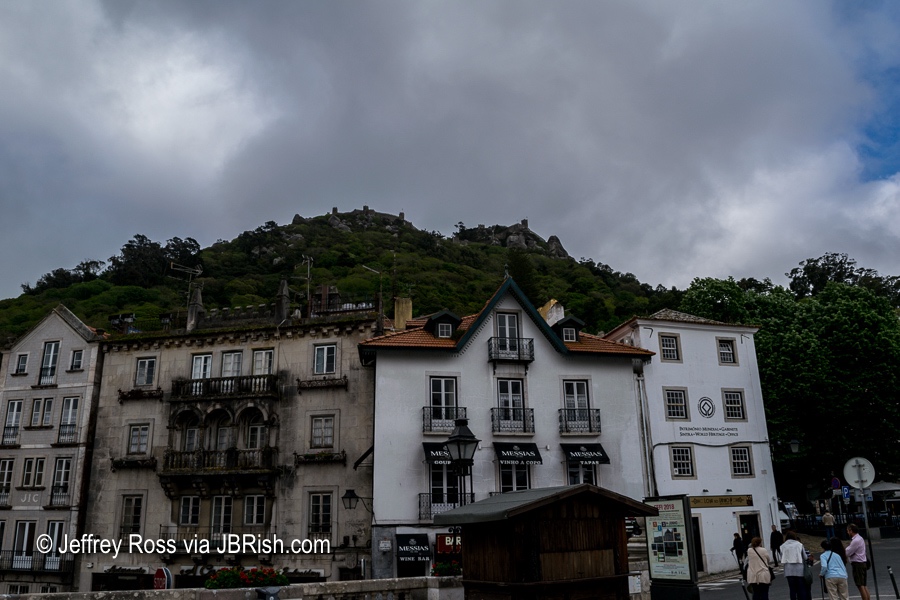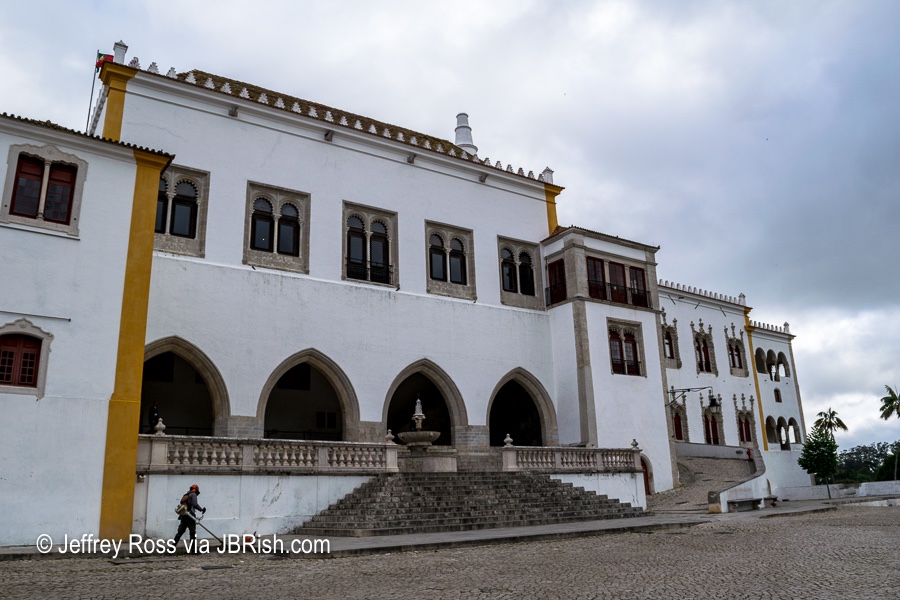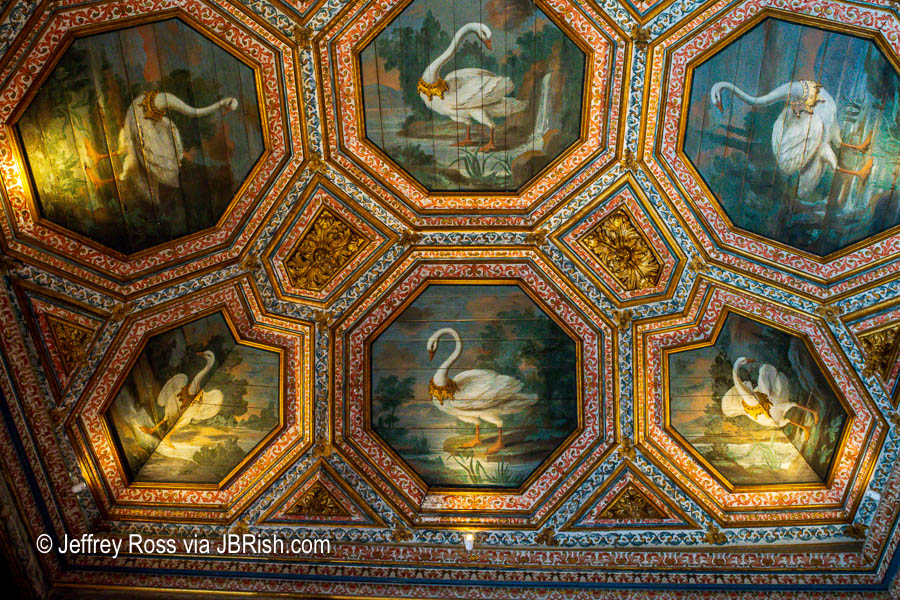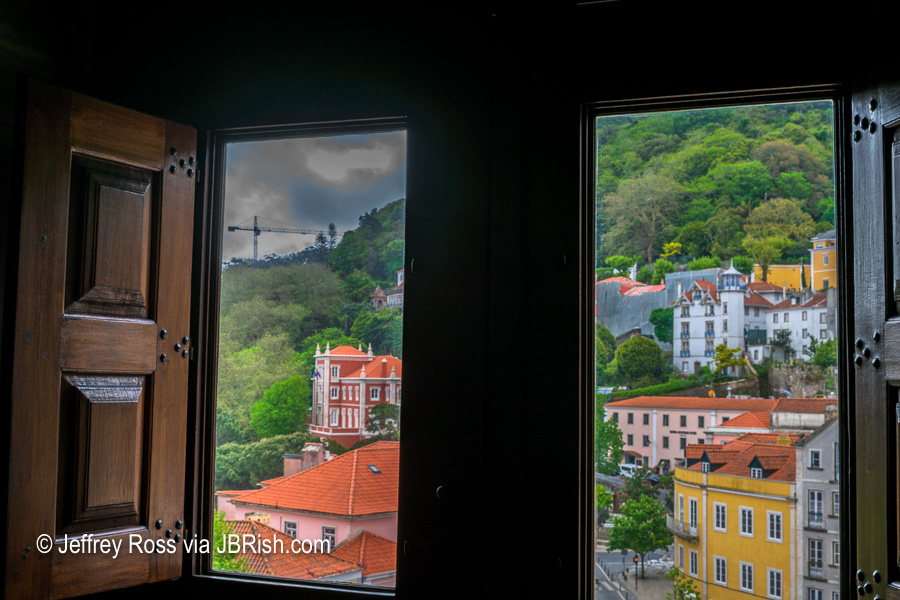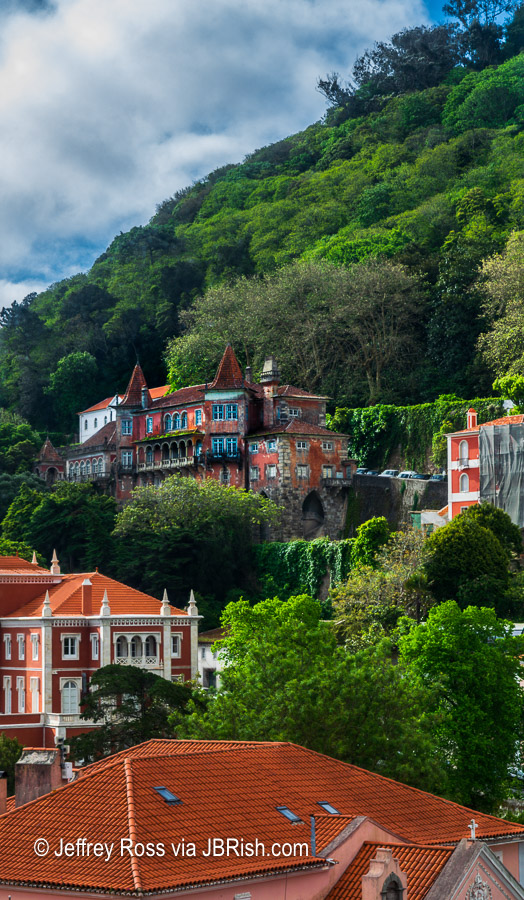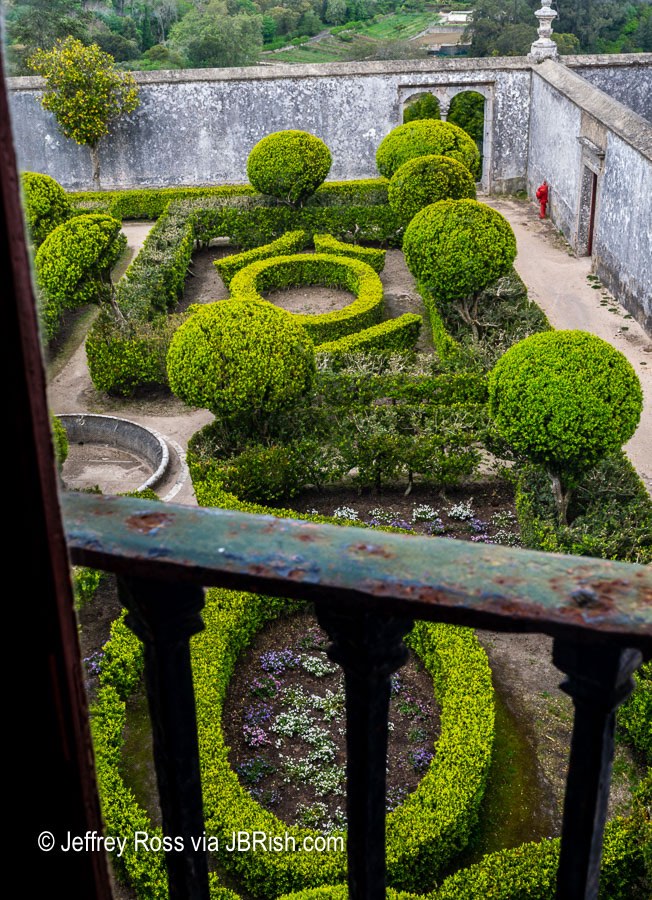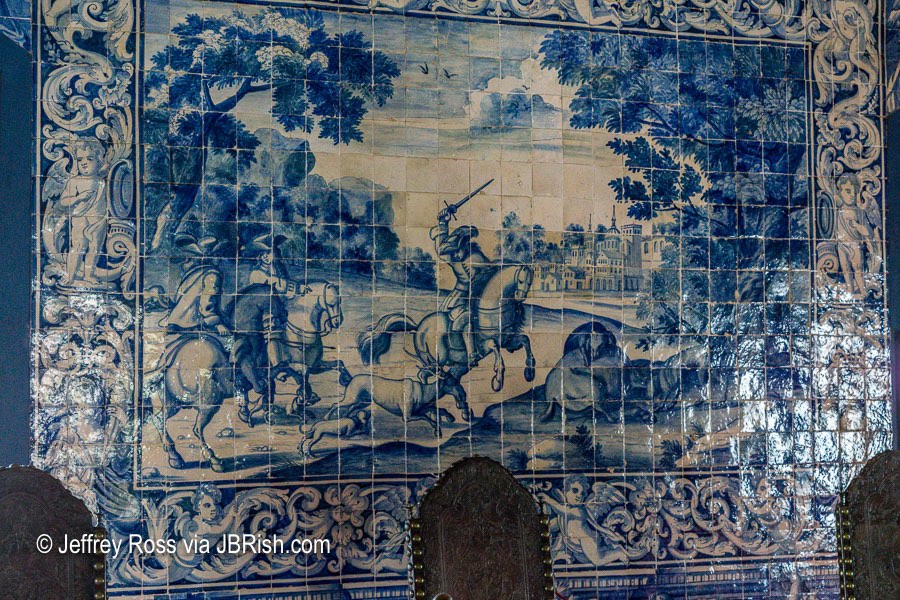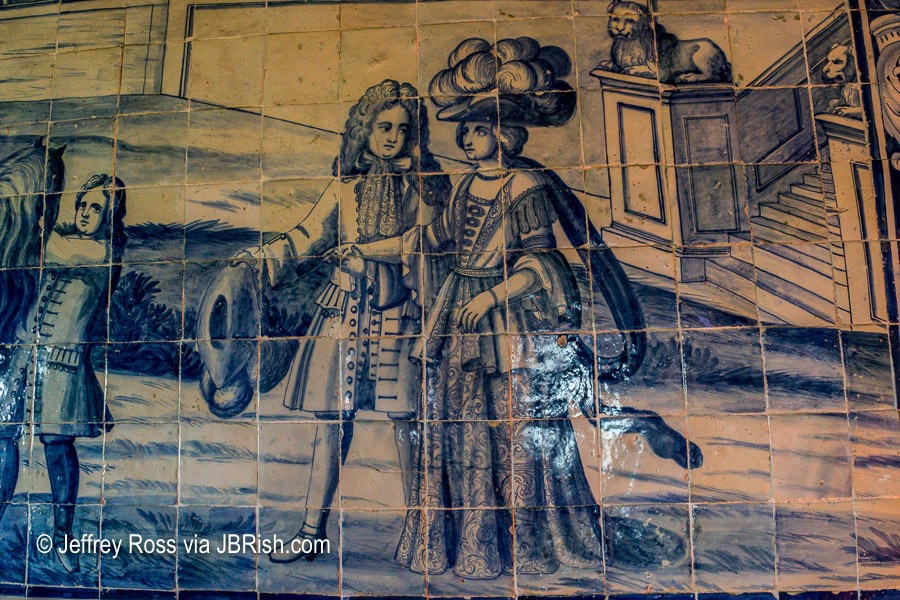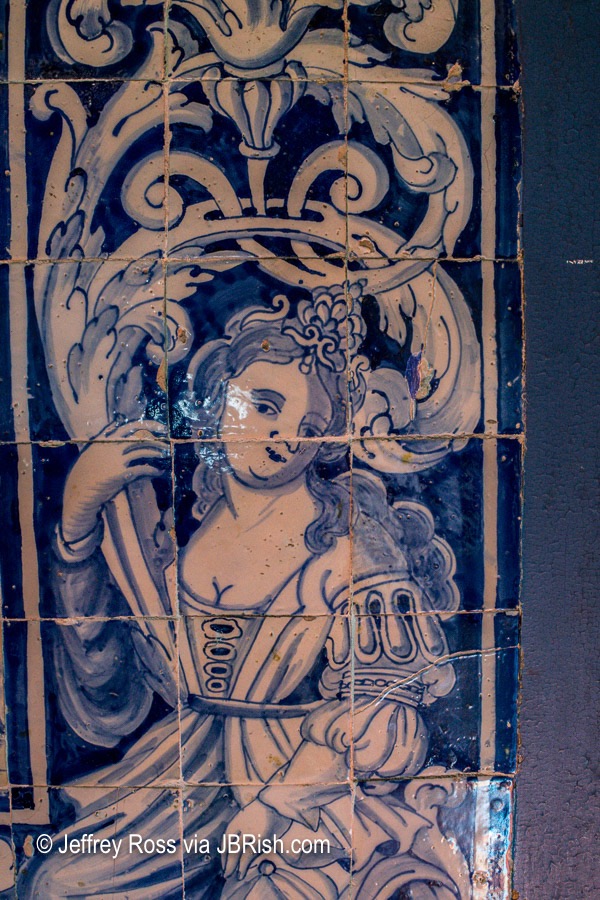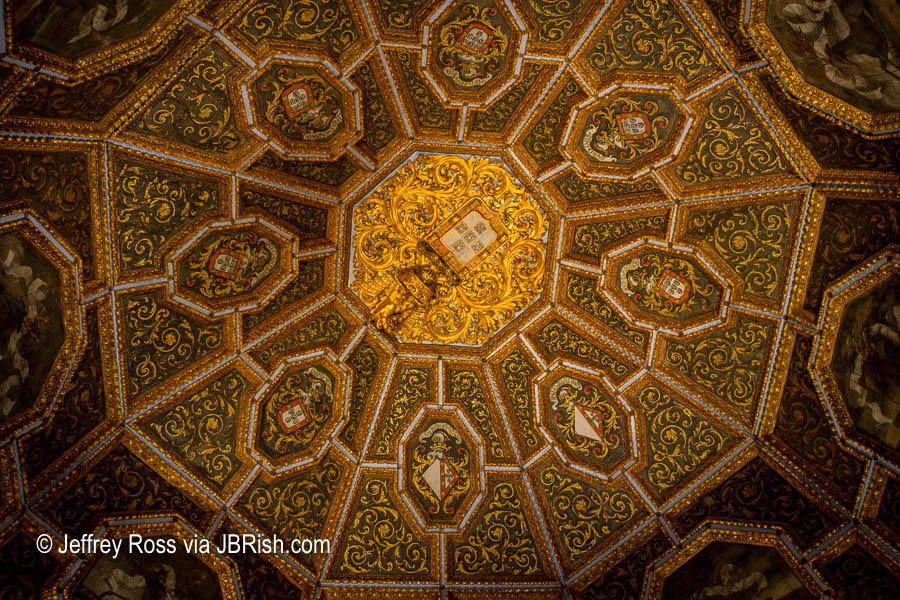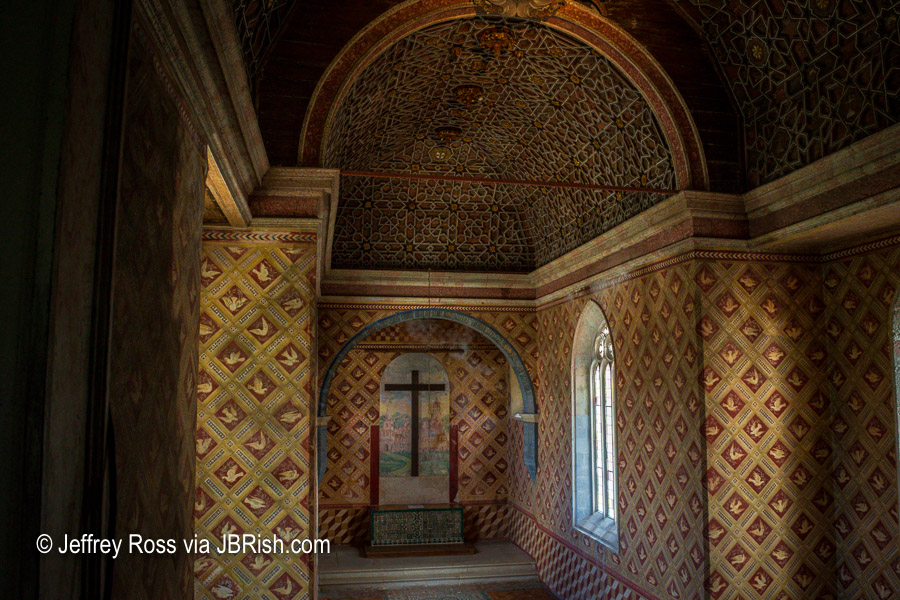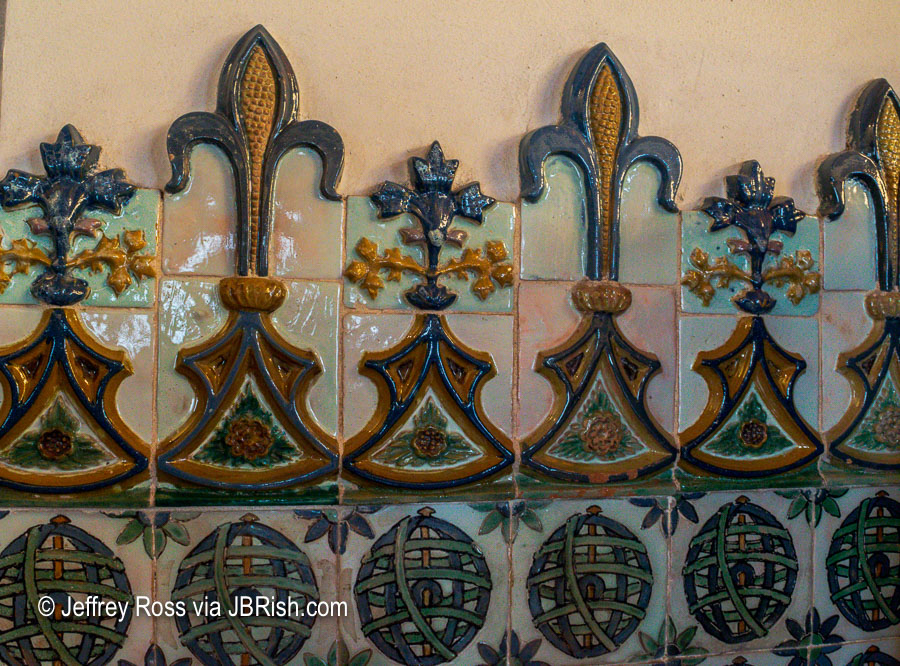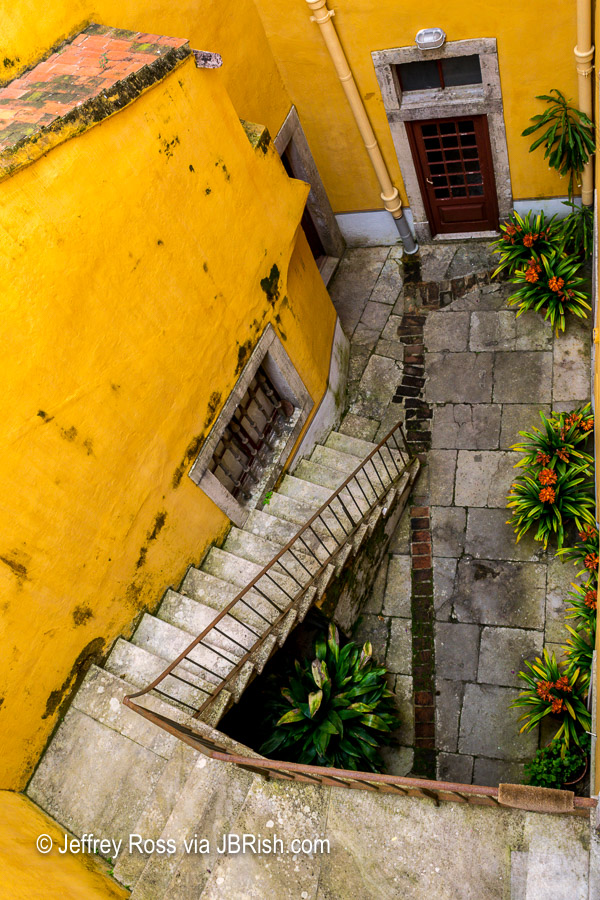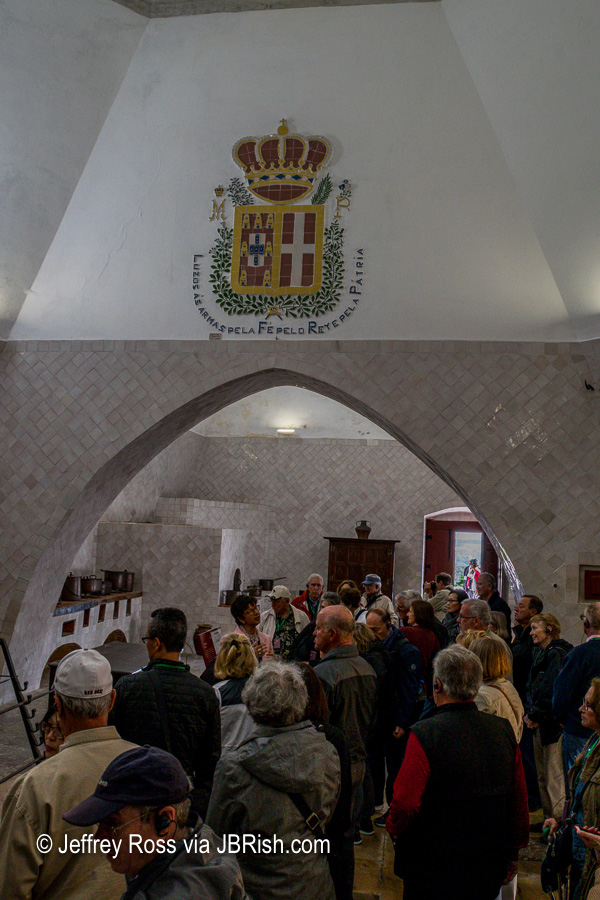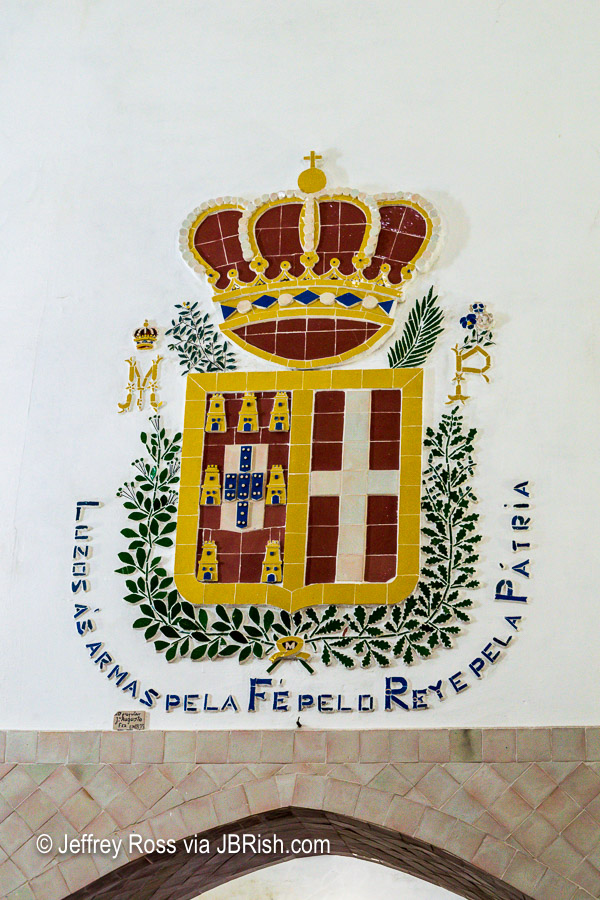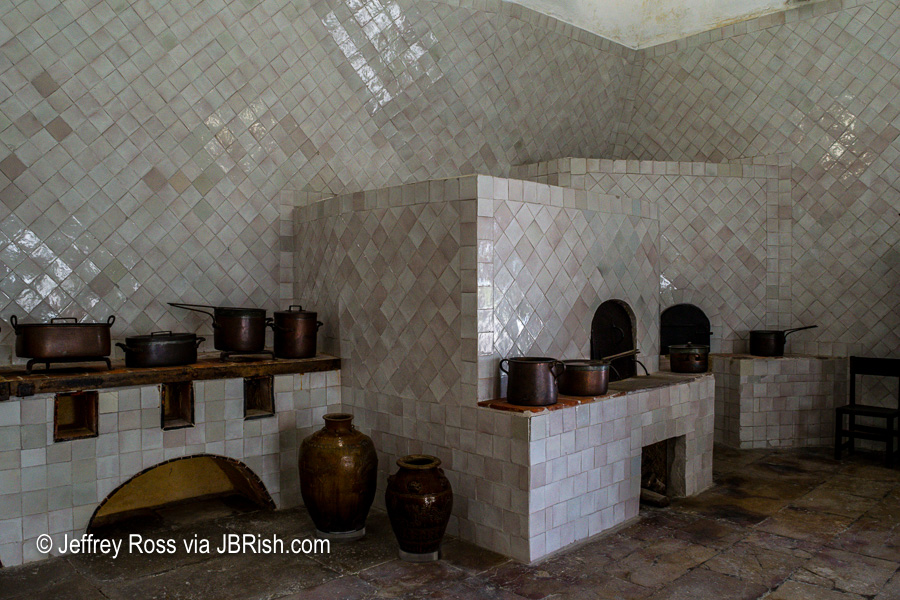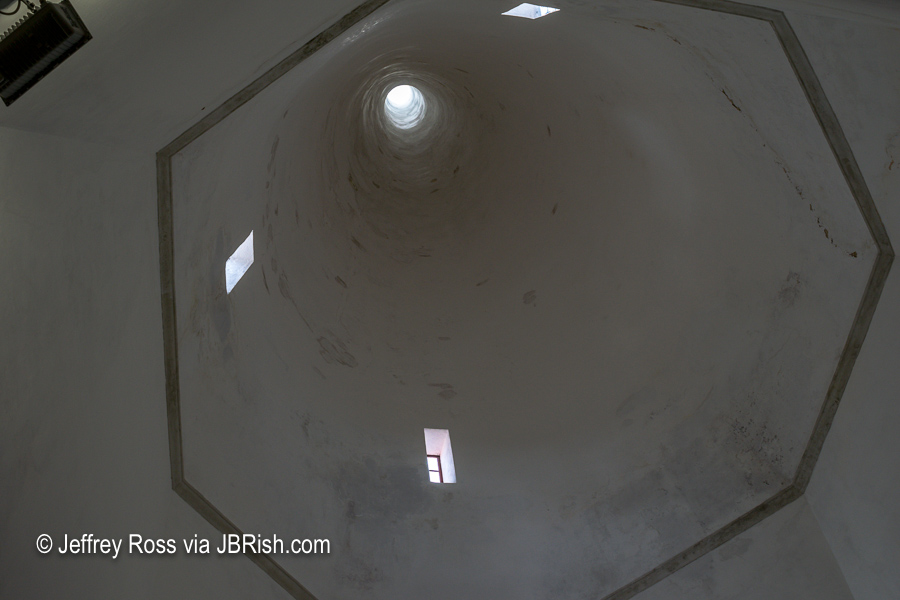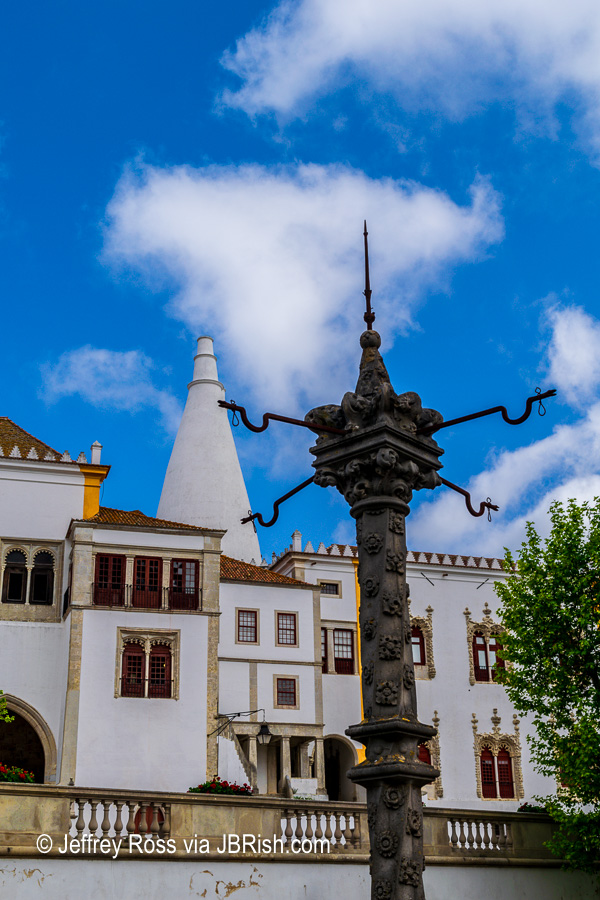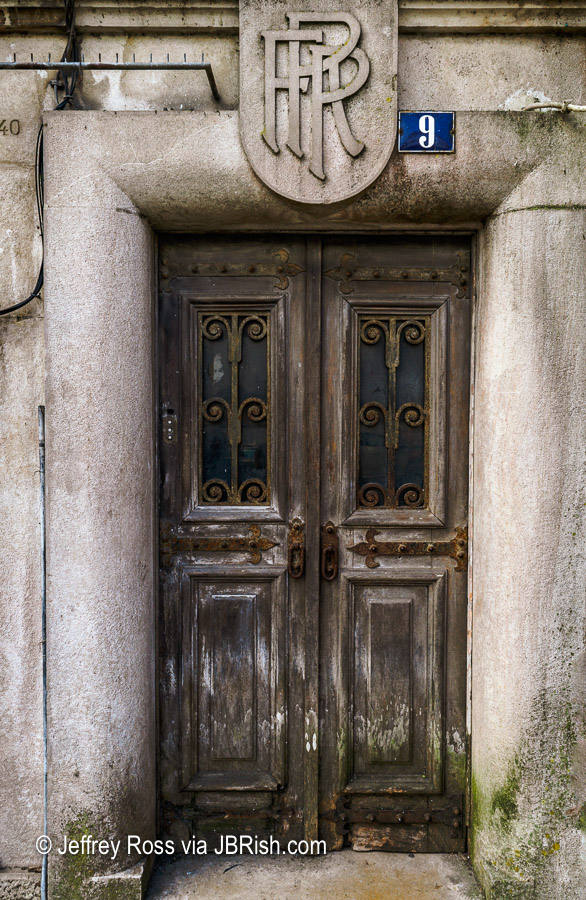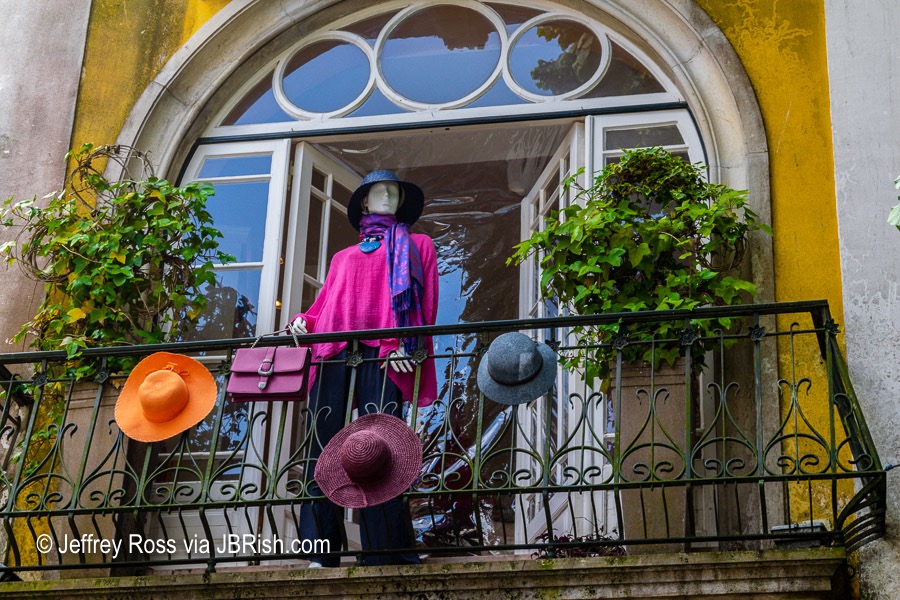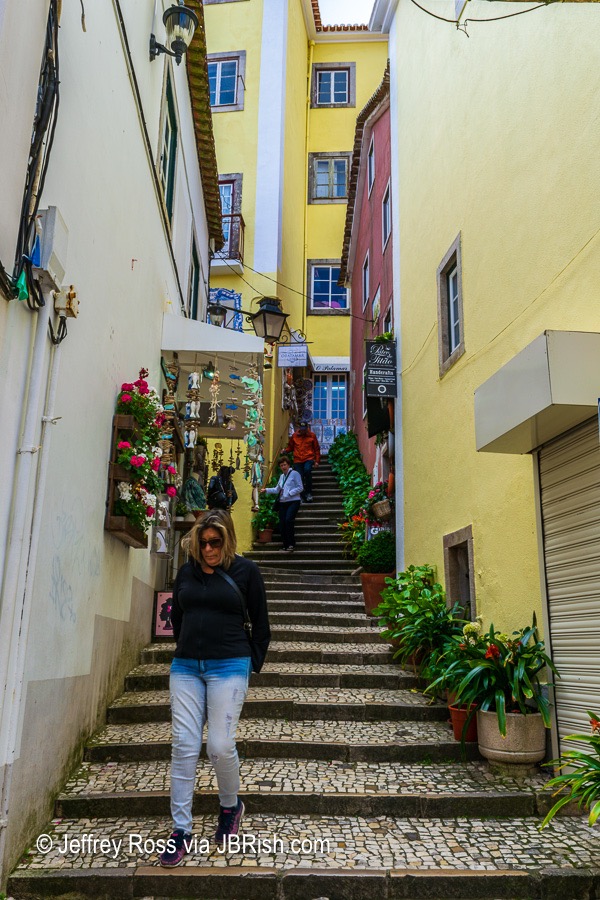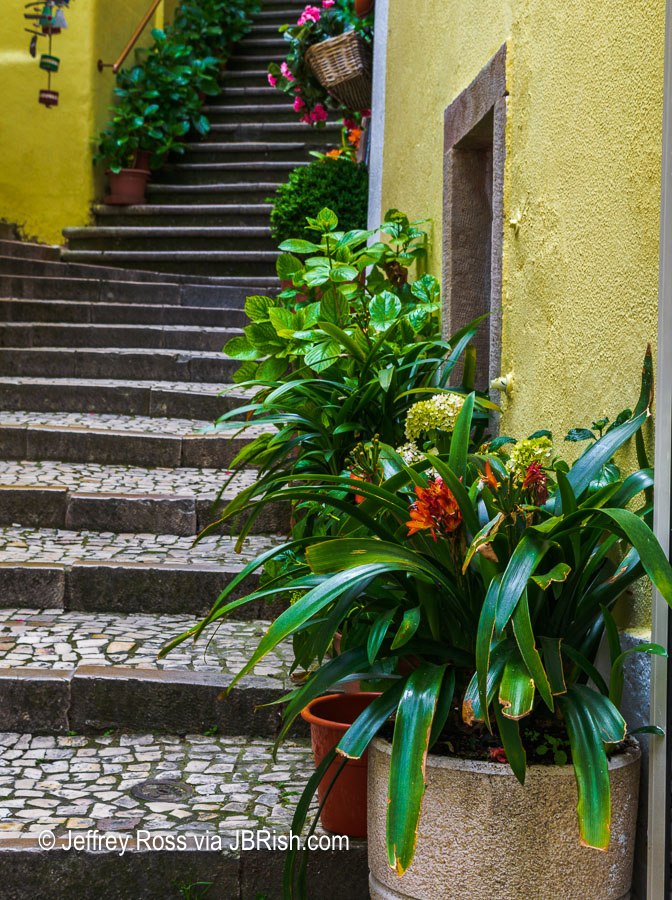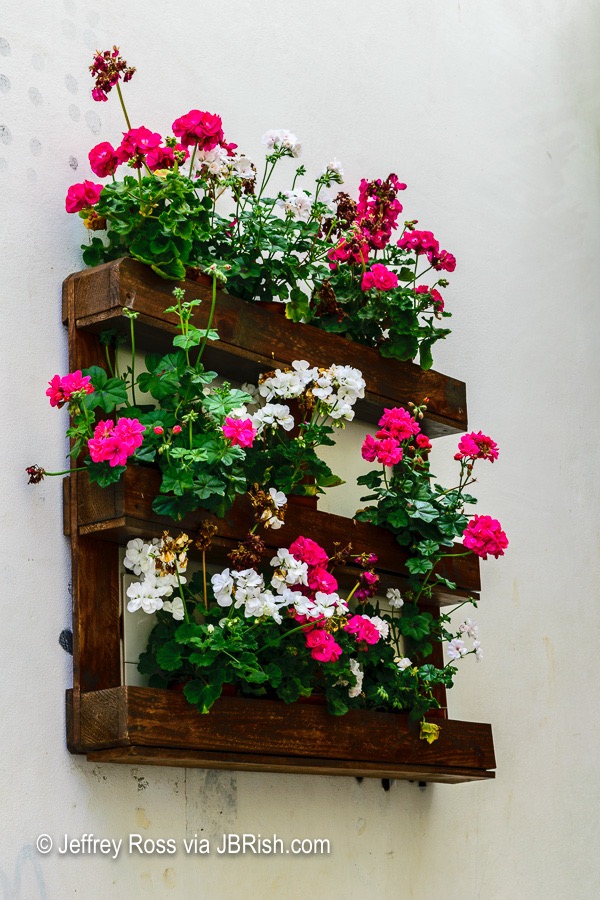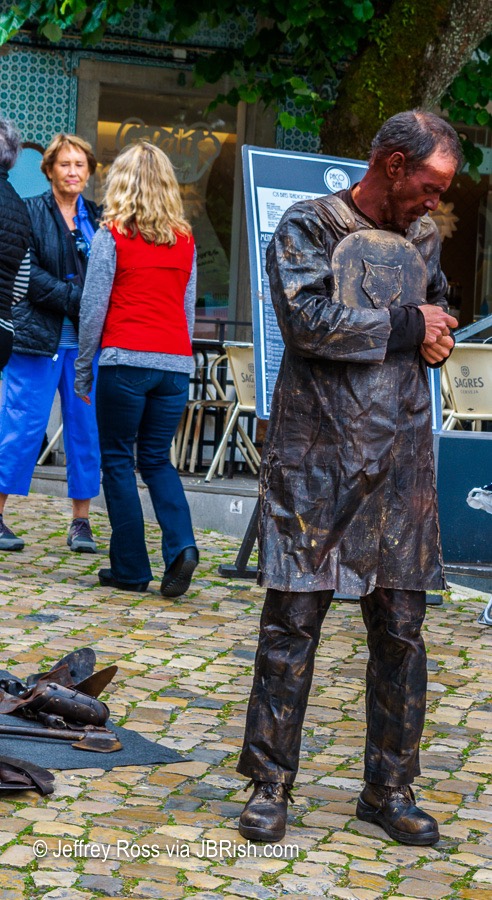After being on the road for a number of days, the stop at Marbella was designed as a flex day to allow those who wanted to rest a bit to take a resort-style, relaxing day at the beach! Others could use the day to explore the suburban tourist town of Marbella. Once in our room, we peered out the window to get our first real glimpse of the Mediterranean – part of Spain’s Costa del Sol!
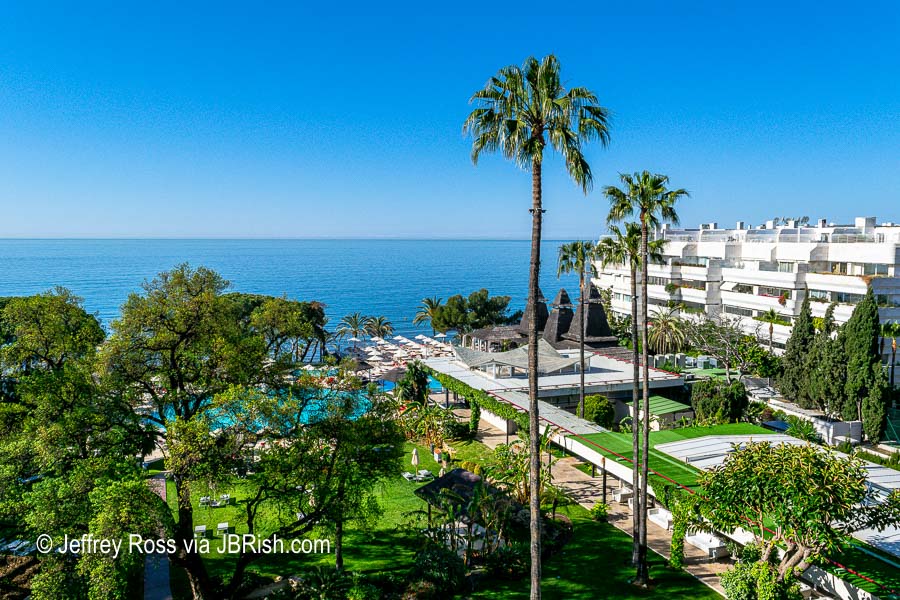
We arrived late in the afternoon. Although the day had been a long one yet we were excited by the tropical atmosphere Marbella offered. We refreshed a bit and headed for dinner at a very local Italian restaurant practically across the street from our hotel.
Once done, we walked down to the boardwalk for an after dinner stroll. It was a magical evening with the blue water and late day light. After a moderate walk, we went back to the room to get a good rest for explorations the next day!
After a quick breakfast, we were anxious for our next adventure.

Boardwalks are always interesting because hotels, galleries, small stores and beach-related activities along the path often reveal the unexpected. A sand sculptor was busy at work early in the morning and we stopped to admire his craftmanship.

To be clear, I speak very little Spanish. For some reason, a couple of lessons from my high school years came rushing forth and I was able to conjure several helpful phrases. I approached the sculptor and asked him how long these works would last given the weather and the fragility of the material.
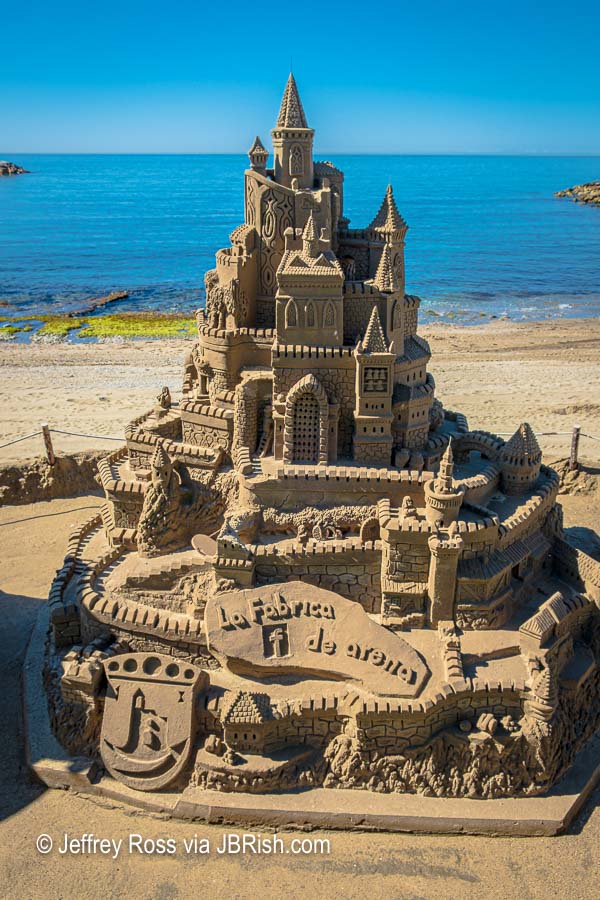
He explained that they would only remain for two weeks at the most! We proffered a small donation and headed for the main section of town. It was a bit of a walk, but then again, we are walkers!
Along the way we came to Alameda Park located on Av. Ramón y Cajal. We were intrigued by this statue of a girl on a swing that was nearly hidden among the trees.
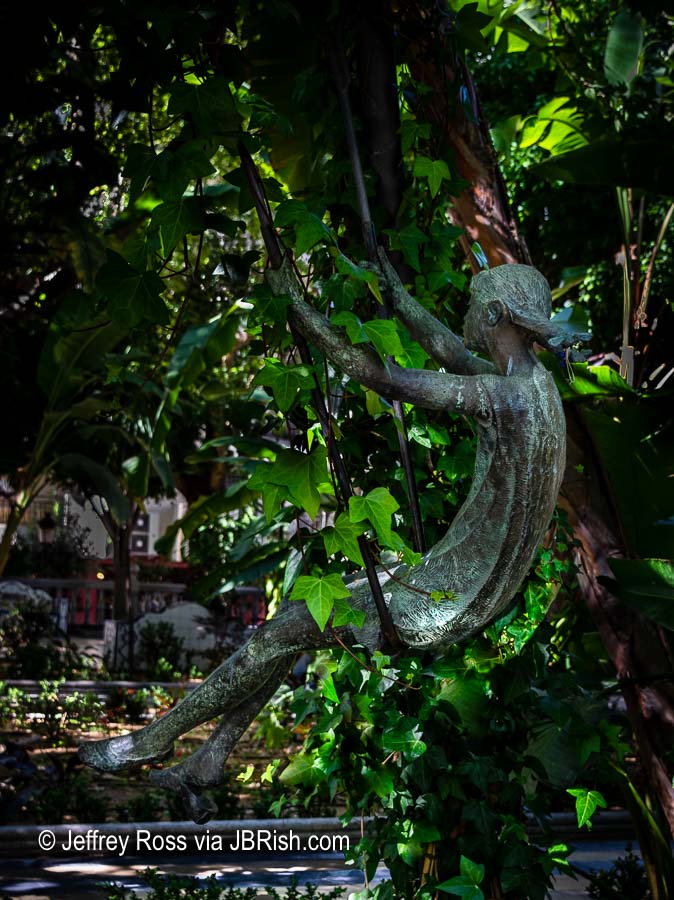
There was also a festive, brightly colored carousel nearby, but not yet open for wannabe riders!
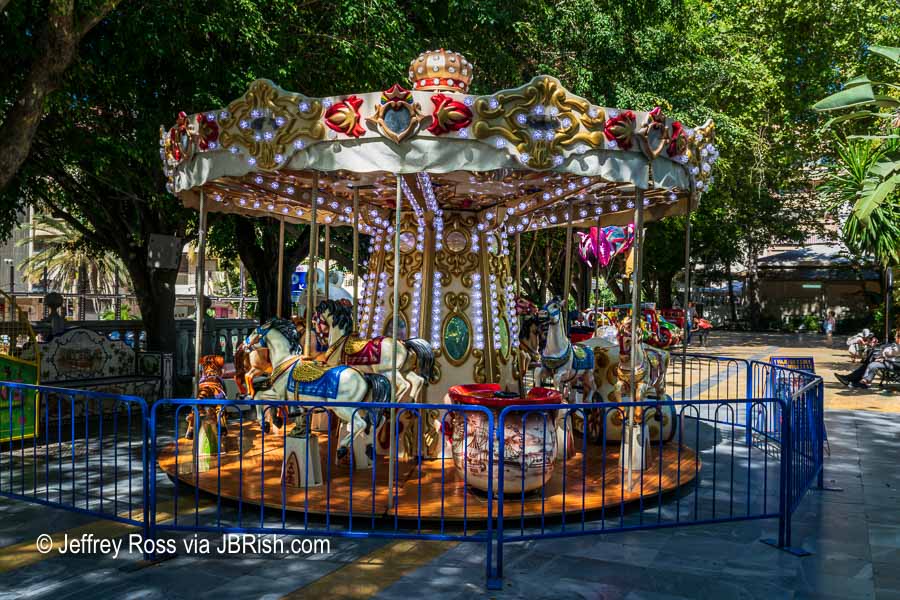
At some point we missed our target, but being adventurous we forged ahead with map in hand to find local markets, courtyards, churches, etc. As Tolkien said: “Not all those who wander are lost.”
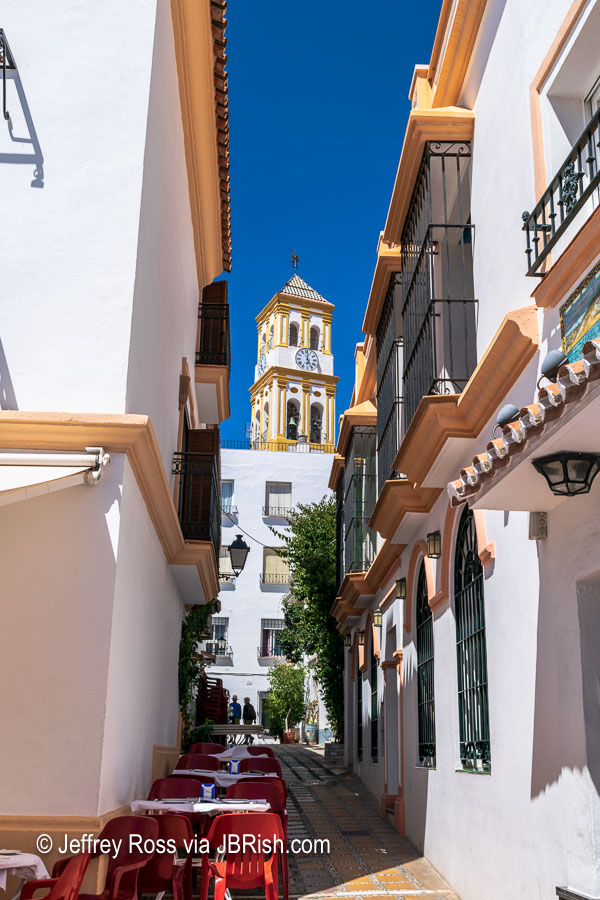

We enjoyed walking the streets where the locals live and peeking into store windows. As would be expected in a waterfront town, there were a number fish markets.
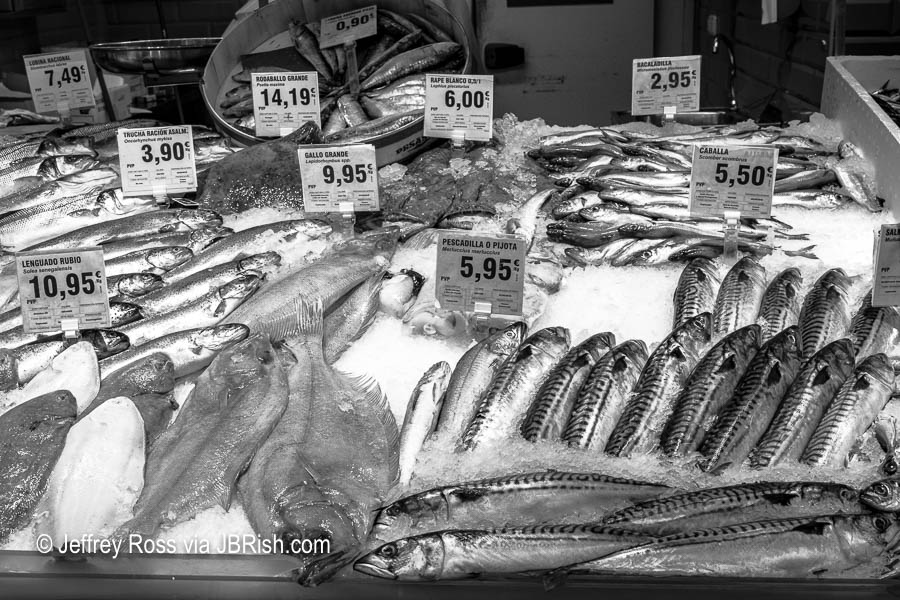
We continued to be wowed by the beautiful, quaint facades, heavy wooden doorways, …
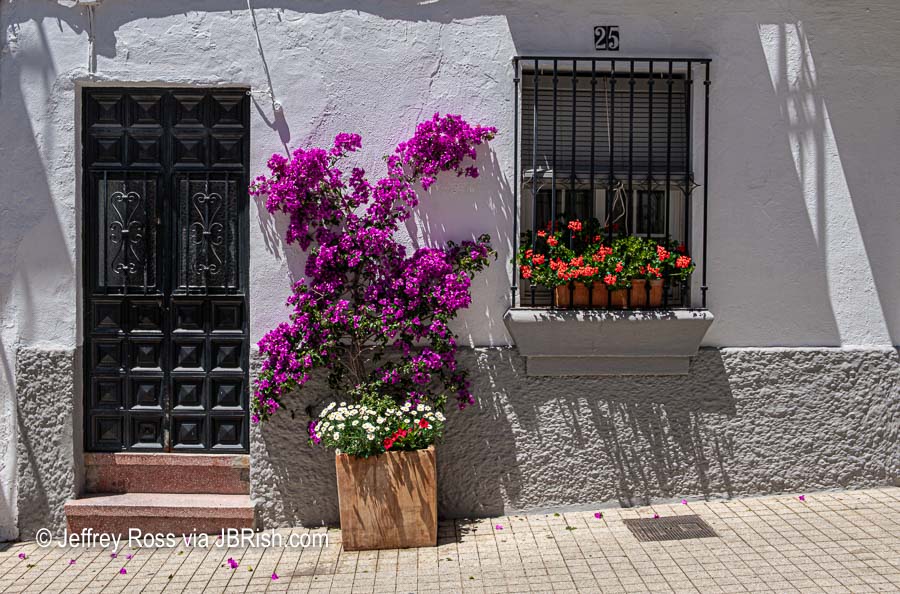
colorful plantings and exterior adornments!

As we approached the main center of town, where more tourists were likely to shop, there were the usual merchants and crowds of bargain seekers.
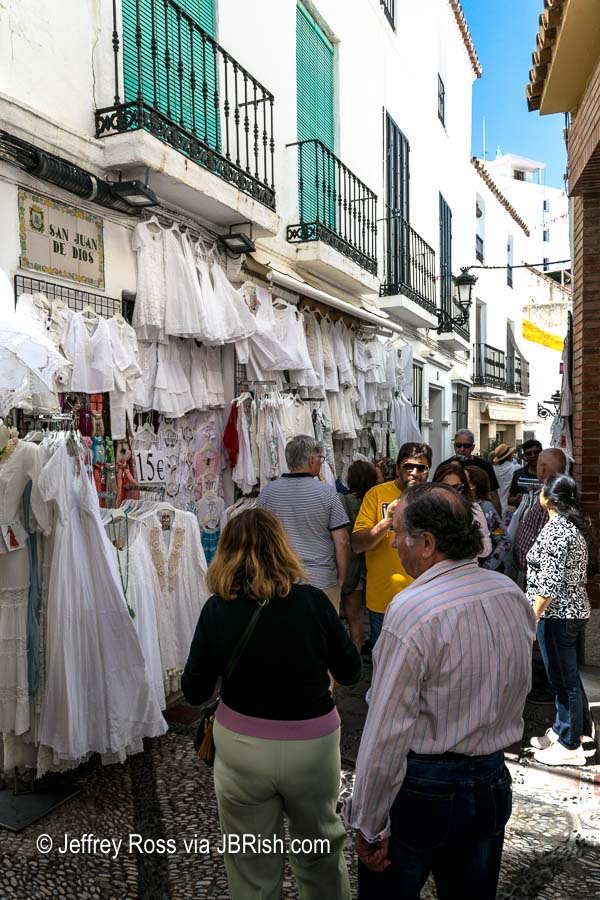

Purveyor of spices, sweets, etc.
The fascination of adventuring through these small towns is being able to capture the variety of picturesque scenes such as this unique colorful restaurant.

Another floral festooned restaurant beckons visitors to “come take a closer look.”

In a nearby square, an impressive array of beach stones were laid on their side to create a floral pattern which framed the larger square pictured below.
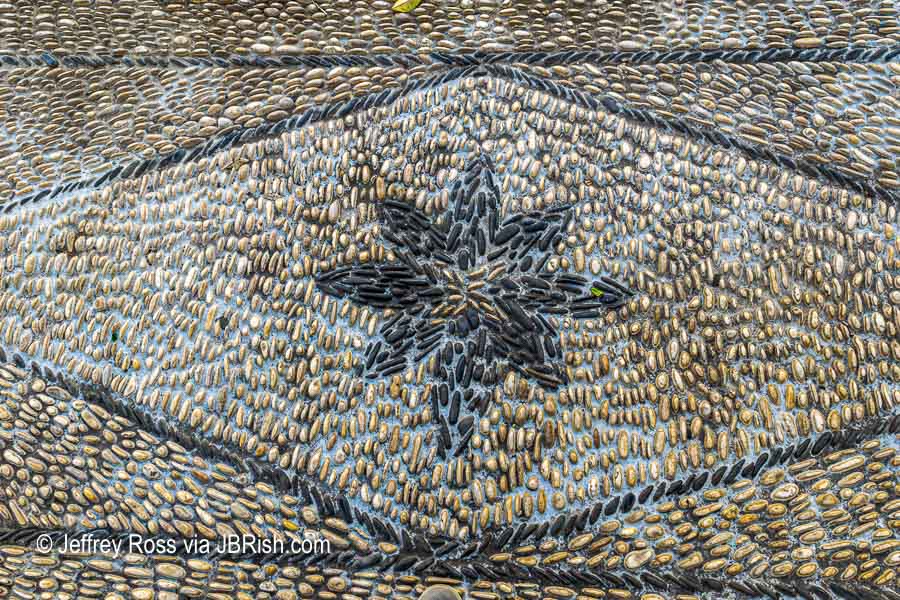

Houses, shops and churches find common ground in such enclaves and as tourists walk along looking at the merchandise, they may be enticed to examine the small, unassuming houses of worship that have their own subdued majesty to share.
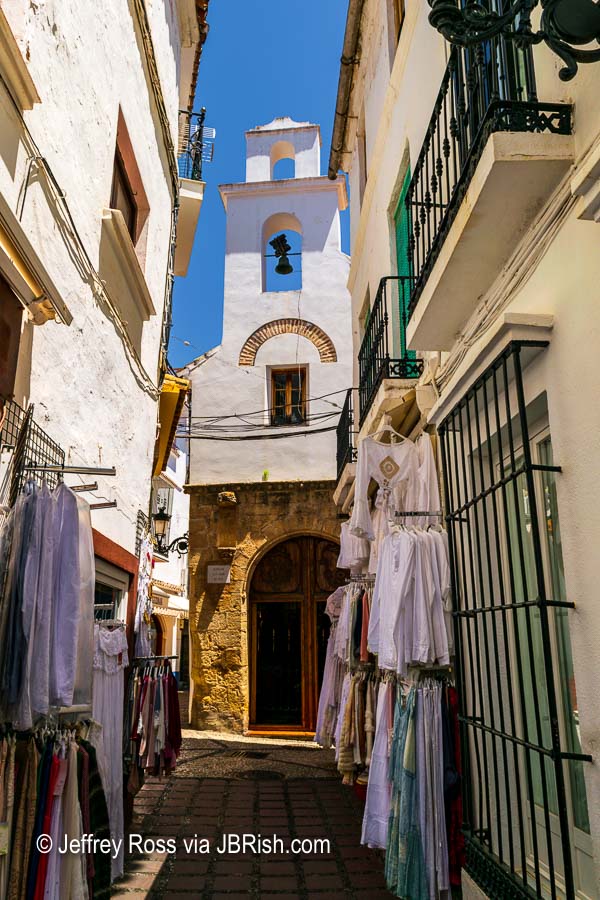

We took a brief lunch break and continued our town walk until early evening. There were many more scenes that caught our eye, but I think the pictures above capture the essence of Marbella.
The next day we rode the bus along the hillsides to reach our next destination – Ronda!
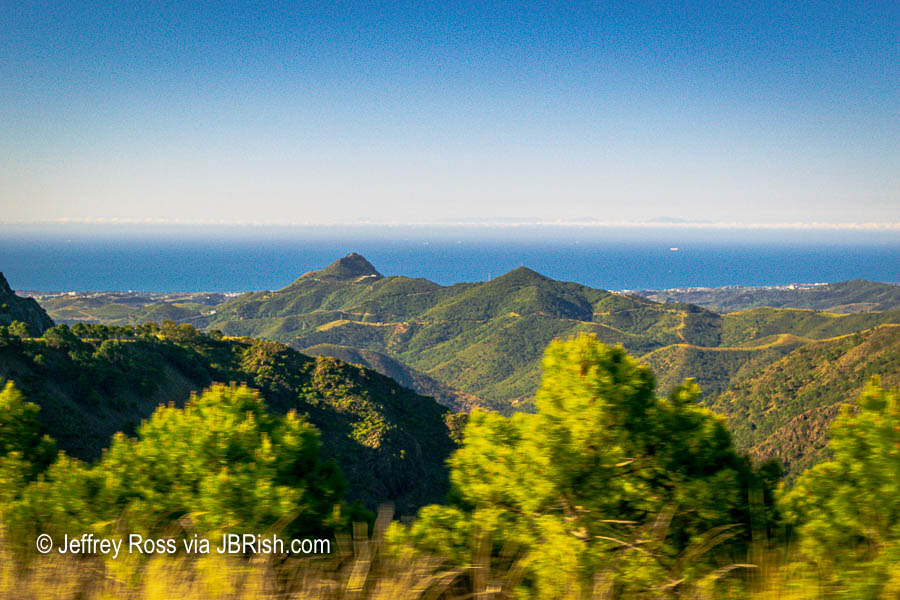
photographed from our moving tourist coach!
**********
***************
Continue reading about our trip to Portugal and Spain.
Read more Hiking and Exploration posts HERE
**********
All original content on this blog is copyrighted by Jeffrey B. Ross with ALL Rights Reserved. While reference links back to JBRish.com are appreciated and encouraged, please acquire approval for any reproduction of original content from this website.
©Jeffrey B. Ross 2014 – 2019 – JBRish.com
